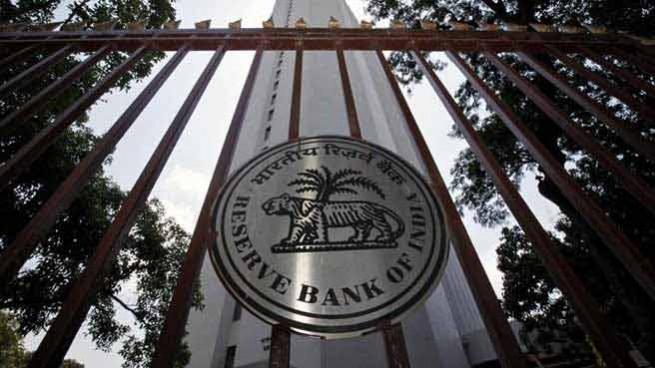
In an effort to boost credit growth and revive the sluggish economic activity in India, the Reserve Bank of India's Monetary Policy Committee (MPC) on Thursday, June 6, announced its decision to lower the repo rate to 5.75 per cent from 6 per cent.
All the six-member panel, led by RBI Governor Shaktikanta Das, wanted a cut in the rate. This development came after the conclusion of a three-day meeting of the MPC.
Speaking to reporters, Shaktikanta Das said: "RBI will not hesitate to take any measure which is required to maintain the financial stability of the system including, short-term, medium-term and long term."
Since February this is the third consecutive rate cut by the RBI in 2019.
New agency Reuters reported that the last time it moved this quickly to lower rates was in 2013 to revive the moribund economy from growth rates that had slipped to a decade low.
Today's decision comes after the country's GDP grew 5.8 per cent in the quarter ended March 31. India's strategic rival China clocked a growth of 6.4 per cent in the three-month period which meant that India lost its status as the fastest growing major economy to China.
What is repo rate?
The key interest rate at which commercial banks borrow short-term funds from the RBI is referred to as the repo rate. In a poll conducted by Reuters, two-thirds of 66 economists had expected the Monetary Policy Committee to announce a 25-basis-points cut in the repo rate to 5.75 per cent.
(This is a breaking story. More details awaited)

















